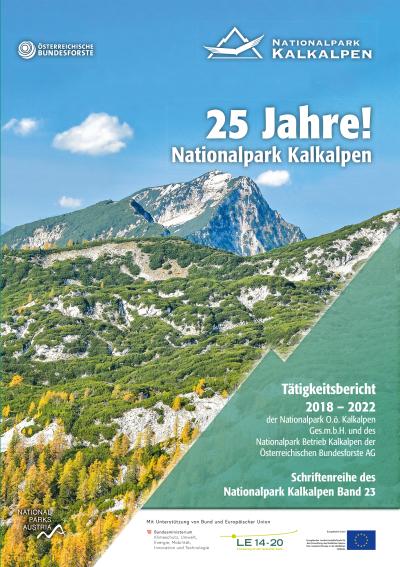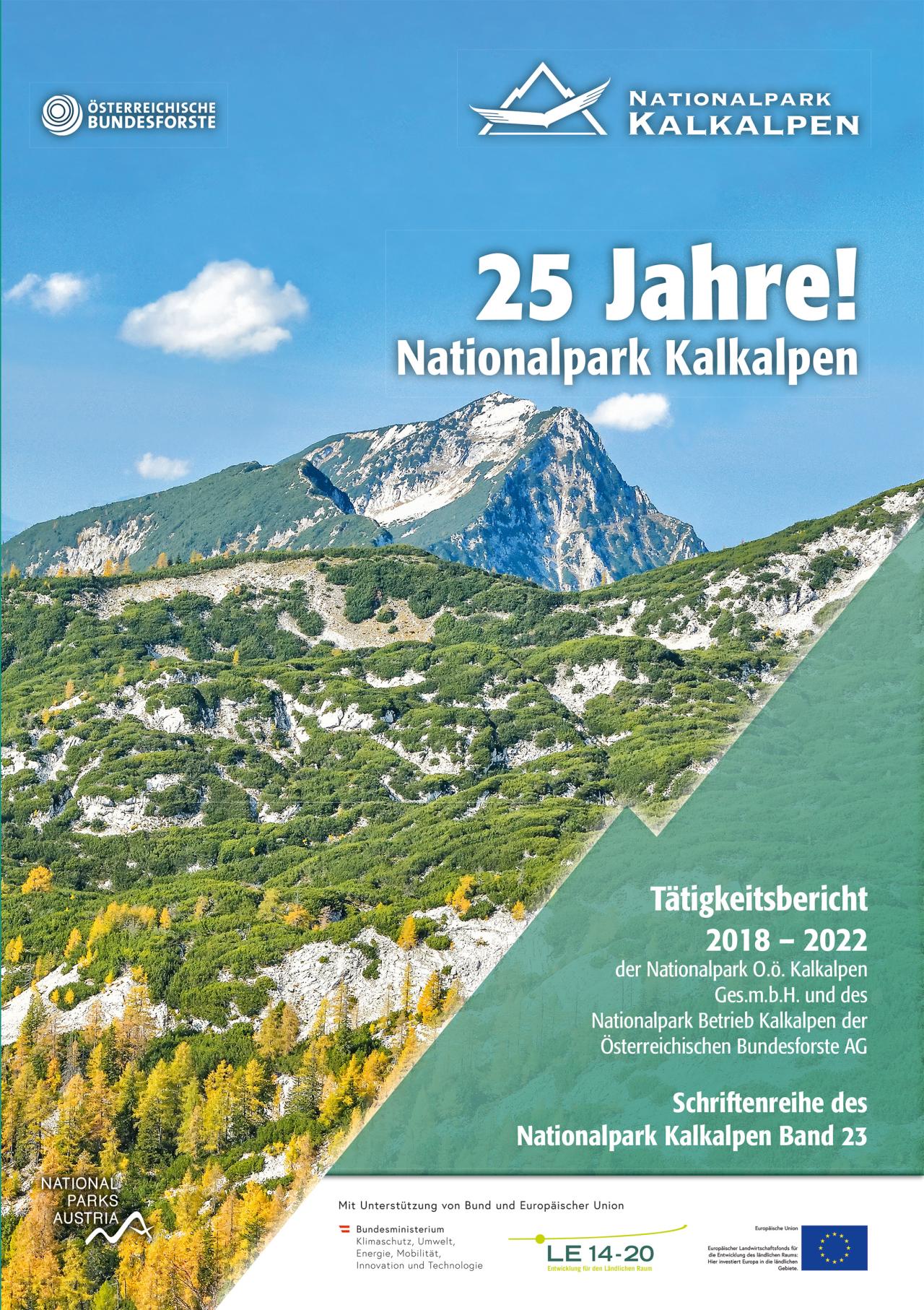Much has been achieved since the national park was established. Not only has the status quo been preserved for nature, but its overall condition has actually improved.
Kalkalpen National Park
Balance sheet after 25 years
Press release: 25-year report
In its 25-year report, the National Park Authority provides a compact overview of projects and activities implemented in the international protected area, focusing on the past five years (2017 - 2022).
The most important statement of this balance sheet: it has been very worthwhile. Much has been achieved since the national park was established. Not only has the status quo been preserved for nature, but its overall condition has actually improved. This is particularly true for the forest and the composition of tree species as well as for the forest and deadwood-dependent animal and fungal species and most plant species. "Since its foundation, Kalkalpen National Park has succeeded in finding its special international position as a "large-scale Alpine forest reserve" and even plays an outstanding key role in this," says Director DI Josef Forstinger.
In remote, steep areas, a number of smaller primeval forest areas have withstood the pressure of cultivation. Today, they are species-preserving life rafts for rare primeval forest relict species such as the red-necked dusky beetle. This extraordinary discovery in Kalkalpen National Park is not only the first find in Upper Austria in 115 years, but also represents the discovery of the largest and most stable population of this priority beetle species in the whole of Central Europe! The ongoing monitoring of species has led to a steady increase in the inventory status and knowledge about the status of the species. The Kalkalpen National Park can boast 17 bat species, 1601 butterfly species, 7 woodpecker species, 80 breeding bird species, 32 forest types or unique autochthonous brown trout strains in the Hintergebirge.
The illustrated report provides information on bark beetle management, the UNESCO World Heritage beech forests, the wood-dwelling beetle fauna, spring monitoring, the alpine pasture development plans, the occurrence of lynx and the climate stations.
The report is available in printed form at all Kalkalpen National Park visitor centers and can be downloaded at www.kalkalpen.at.




